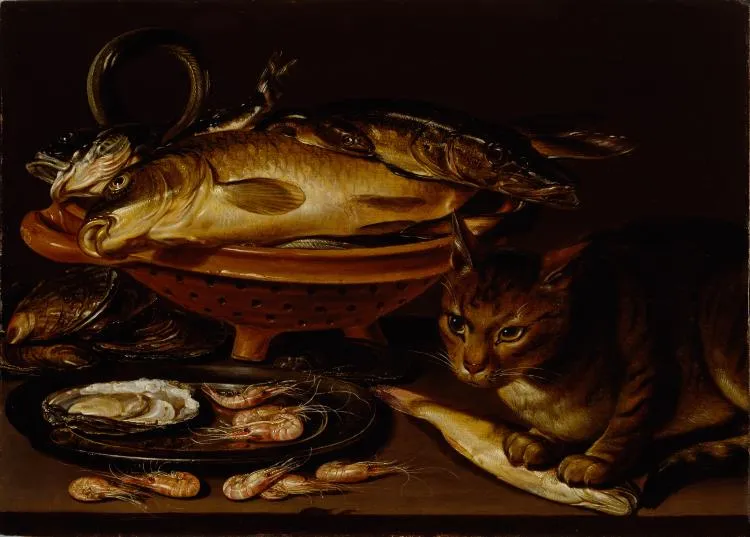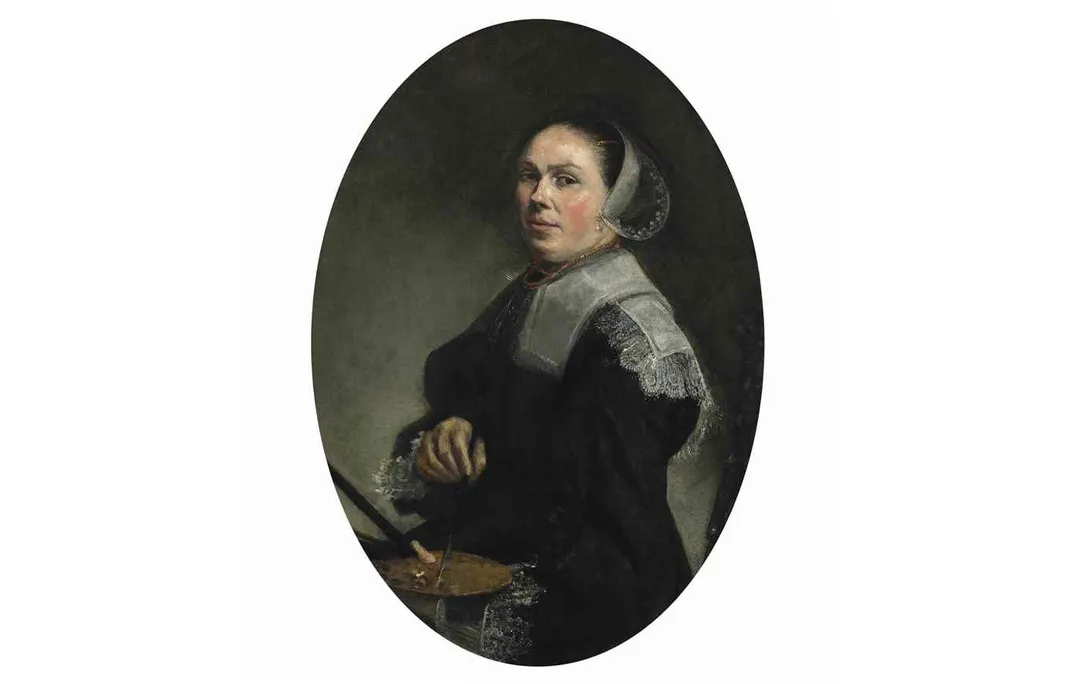The Dutch Golden Age’s Female Painters Finally Receive a Show of Their Own
A new exhibition at the National Museum of Women in the Arts spotlights eight unheralded 17th- and 18th-century artists
/https://tf-cmsv2-smithsonianmag-media.s3.amazonaws.com/filer/2f/44/2f44dc8f-9e6c-469d-a5a4-4b7c1219de1a/judith_leyster_the_concert.jpg)
Every art history student knows the names Rembrandt van Rijn and Johannes Vermeer. But today, these men’s female contemporaries—among others, Judith Leyster, Maria Sibylla Merian and Magdalena van de Passe—remain little-known, their contributions to the Golden Age of Dutch Painting overlooked in favor of presenting a male-dominated artistic canon.
Now, an exhibition at the National Museum of Women in the Arts (NMWA) in Washington, D.C. is working to rectify this imbalance: Titled “Women Artists of the Dutch Golden Age,” the show features 20 paintings and prints by female painters active in the Netherlands during the 17th and early 18th centuries.
According to a press release, the eight artists included in the show are Leyster—arguably the most famous female painter of the Dutch Golden Age—Merian, van de Passe, Clara Peeters, Rachel Ruysch, Maria Schalcken, Anna Maria van Schurman and Alida Withoos. Interestingly but perhaps unsurprisingly, none of these women are cited in the so-called “catalogue raisonné of the works of the most eminent Dutch painters of the seventeenth century,” an ostensibly definitive record compiled by (male) art historians in 1908.

Artsy’s Cath Pound reports that the exhibition is the first of its kind in the United States. By showcasing such a diverse group of women, says curator Virginia Treanor, the museum hopes to reveal differences in experience associated “more … with [the artists’] economic and social status than their gender.”
Per the National Gallery of Art (NGA), the Golden Age of Dutch Painting was “one of the most extraordinary phenomena in the history of the visual arts.” The Netherlands was a relatively new political player during the 17th century, recovering from what the NGA calls an “arduous war against Spain.” But the country’s growth into an economic powerhouse fueled a rise in the wealthy merchant class, creating a base of patrons who supported a thriving community of painters and print makers tasked with producing still lifes, portraits and quotidian scenes.
Although women were frequently portrayed in Golden Age paintings, female painters of the period rarely received recognition. A notable exception was Leyster, one of only two women to gain admission to Haarlem’s prestigious Guild of St. Luke during the 17th century.
As Karen Rosenberg wrote for the New York Times in 2009, “The Dutch artist had her own workshop, her own students and her own style, one that combined the spontaneity of [Frans] Hals’s brushwork with a Caravaggist chiaroscuro.”

Leyster and her studio specialized in everyday scenes, portraits of musicians, and self-portraits, which were a favorite subject among Dutch artists well before the Instagram era elevated selfies into an art form. A number of these early “selfies,” reflective of how women artists of the era saw themselves, are on view in the NMWA show.
Golden Age painters created self-portraits for an array of reasons: According to a 2015 article by the New York Times’ Nina Siegal, these canvases acted as a “calling card to demonstrate [the artist’s] skills.” Some were sold to clients, others gifted to family members as an oil-and-wood predecessor to modern wallet-sized school portraits.
Highlighting female artists’ contributions not as muses, but as creators in their own right, “is a crucial turning point in righting art historical records,” NMWA Director Susan Fisher Sterling says in a statement. “NMWA is committed to presenting exhibitions that challenge traditional views, expand our thinking about art history and rectify omissions of the past.”
“Women Artists of the Dutch Golden Age” is on view at the National Museum of Women in the Arts (NMWA) through January 5, 2020.